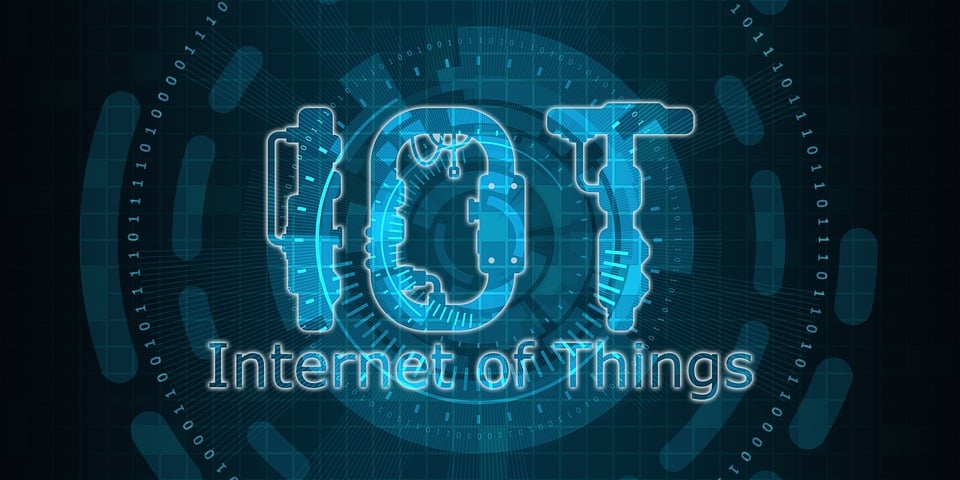
As bizarre as it may seem but electricity theft is a crime that no one likes to talk about. Not only does stealing power cause an abrupt disruption of services but also costs a staggering loss of approx USD 10 billion in revenue to Indian power supply companies. However, if you think energy thefts are a problem of those densely populated South Asian countries only, think again!
The USA, a country equipped with the most advanced energy supply system, faces 1-3% of theft every year. This includes a variety of cases such as meter tampering, frauds and direct electricity stealing from power grids.
While technology trailblazers are working tirelessly to address this issue, IoT enabled smart meters already available in IoT marketplaces are probably the most advanced and reliable solution to the problem.
Converting meter readings to smart meter insights using IoT
Like most appliances, meters can also be attached to sensors and made communicable. The data collected from meter readings can further be streamed in real-time to any utility system. Besides avoiding onsite monitoring in person, IoT enabled smart meters can abbreviate the cost by a great margin.
They also enable efficient transformer load management, detection and handling of events such as power outage, meter tampering, routine monitoring and most importantly, electricity theft.
To further list the advantages, IoT enabled electricity meters to provide real-time power consumption stats to the consumers as well as the utility companies. For consumers, just like your Wi-Fi data pack consumption alerts, smart meters keep you informed so that the expected bill can be known. In case the power consumption surpasses a certain threshold value, the consumer is notified in advance. This helps everyone become aware of the necessary energy-saving steps to be taken.
Minimizing Electricity Theft
With IoT, meters can be embedded with theft detection systems that raise an alarm to the utility as soon as an attempt of magnetic tampering or physical damage is detected. This is done using Advanced Metering Infrastructure (AMI), a system for the functioning of smart meters that report anomalies in real-time. Therefore, the conventional lengthy practice of analyzing consumption data from monthly readings is eliminated.
Once an abnormality is reported to the consumer or the utility company, timely actions can be taken such as shutting down of the power supply line etc.
Theft, fraud or reading errors can occur at either end – the consumer or the service provider. While the consumers often complain of unfair bills, the service providers have raised issues with intentional meter tampering by the consumer. Thus, it is safe to believe that AMI systems eliminate the confusion here by providing a transparent consensus between both ends.
A few features of IoT enabled AMI systems include the following:
Meter Tampering Alarms – Raising alerts against any execution of manipulating the meter reading, or even hack the meter system and the communication network.
Automated control and cut-off – The smart meters can immediately cut off the power access in an event of detection of electricity theft. Since the supply cut-off is instantaneous, any physical confrontation with the alleged thief is avoided. This can also be programmed to cut-off supply in case the bills are not paid over some time.
Accurate Consumption analysis – Evaluate power supplies within the low-voltage grids enabling the service providers to spot leakage due to an event of theft. This is directly helpful in topology analysis as the manual scanning of irregular or unavailable records is a cumbersome process. The AMI systems can conclude the topology from communication analysis.
Since cyberattacks on power grids is a growing concern, AMI systems are instrumental in providing robust monitoring of the meters.
Now is the time - few encouraging case studies
Smart electricity meters have started gaining acceptance in various countries. Singapore for example continues to lead the world through its ‘go green’ initiative and has mandated the installation of 290,000 smart meters across households. Since the meter displays the readings frequently, it has helped many families evaluate their consumption and take necessary steps. Moreover, the readings can also be viewed on the mobile making it easier for the consumers to switch-off the appliances when not in use.
In fact, the USA is expected to host 5.9 billion IoT connections by 2025, minimizing power theft using IoT is a revolution waiting to knock in. In India, the government aims at using prepaid smart meters that would help the utilities reduce overdue bill amounts and the customers to use the service wisely. Over the next few years, the country could be using more than 250 million meters. Experts see it as an encouraging step to curb cases of thefts and reach more underprivileged areas.
Smart meters are a success because they send hourly readings to a centralized electricity network access point governed by the energy supplier. Such access to the updated data helps the company identify a sudden spike in the consumption occurring due to a theft attempt. Depending upon the location, the meters could be communicated with the supplier through WAN, LoRa or cellular networks.
Conclusion
Before it is too late, electricity service providers must realign their investments towards the security of power grids and lines. They must understand that power theft is no longer just an issue of a neighborhood. Rather, the mass impact could cause an abrupt shut down of the entire urban infrastructure. Therefore, by embracing contemporary solutions like the IoT, utilities can contain the risks to a greater extent.
Abhinav Dubey is a Co-Founder and Chief Strategy Officer at Ioterra - a network of IoT services and solutions, helping businesses successfully implement IoT projects.
